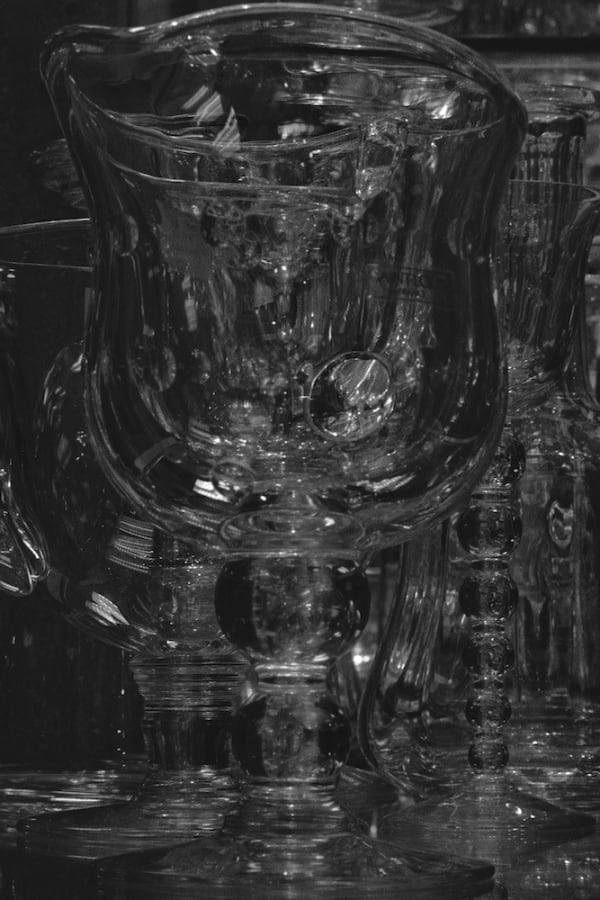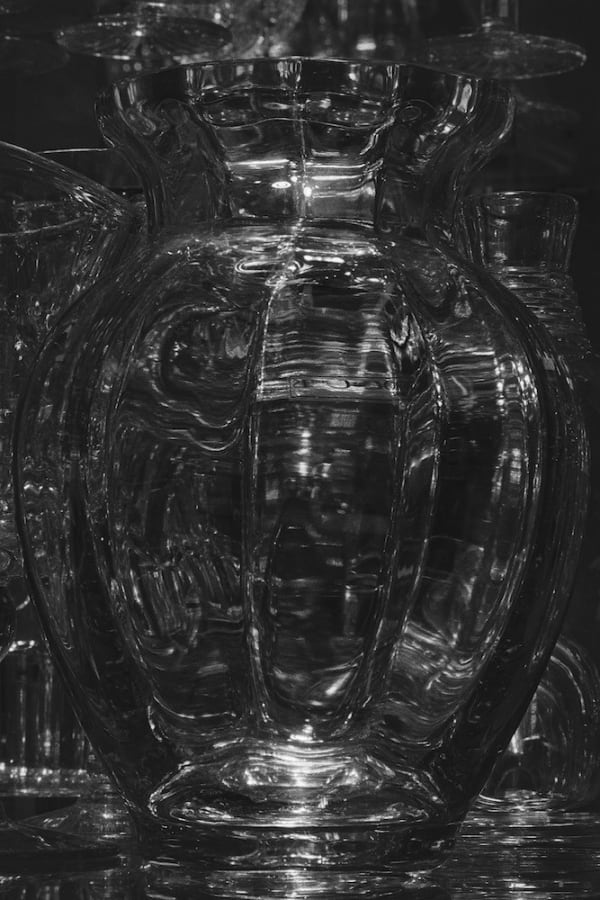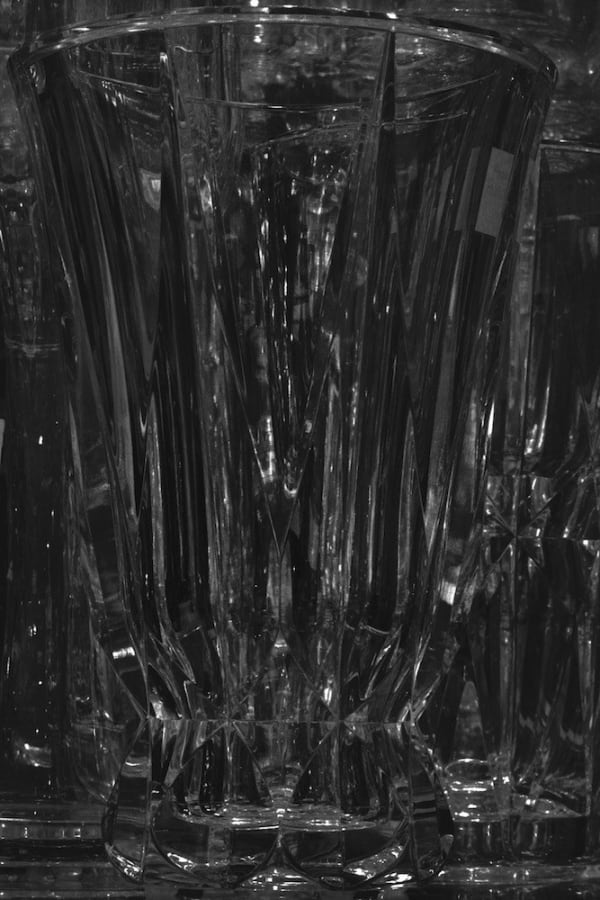Valérie Belin French, b. 1964
Graduating from the Beaux-Arts of Bourges and then from Paris, Valérie Belin develops a photographic body of work in series that questions appearances, the body, matter, and artifice.
From her early years of study, Valérie Belin oriented herself toward a photographic practice focused on the intrinsic properties of the medium, leading her to delve into an in-depth exploration of its aesthetic potential. She often compares her approach to that of certain American minimalist painters and artists, such as Robert Morris or Robert Ryman. Her early works consist of photographs of light sources, which resemble radiographs or pure imprints left by light.
In 1994, Valérie Belin exhibited her work for the first time in Paris, presenting a series of black-and-white photographs of crystal objects (Crystal I, 1993, and Crystal II, 1994). For this series, the artist chose a strict and minimal protocol to avoid the anecdote of form, aiming to get to the heart of things by shooting on location, under ambient light, and without any staging. Paradoxically, this approach yields an aesthetic of presence, conveyed through an imprint, experienced as a trace or memory of the object. The main focus was the material itself, and the artist creates a kind of symbiosis between the purely luminous essence of the objects and the nature of the photographic medium itself. Thus, the photographs are less about photographing objects than about capturing their light spectrum—the light reflected by their form onto the sensitive surface of the photo.
Until the end of the 1990s, the artist would assert her style through this series-based practice, thereby revealing a “truth” about the object by stripping it of its anecdotal background and any expressionism that could be tied to its individuality. The object undergoes an uncompromising process of objectification, and its representation seems to turn against itself through excessive insistence. The philosophical subject it proposes is held at a distance, disarmed, stripped of its drama, as if it were dissolving entirely into the photograph.






